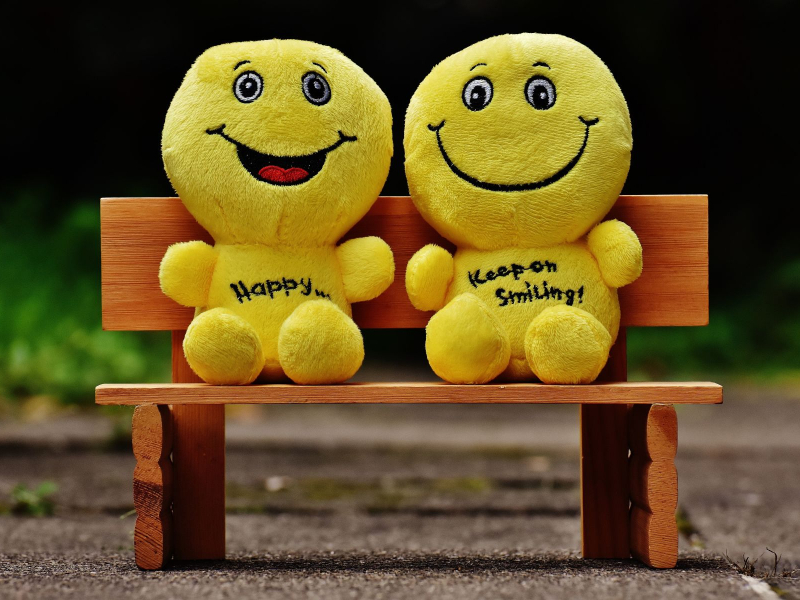Do you know that according to the science of happiness our level of happiness is 50% genetically determined?
This finding was based on a 1996 study by Lykken and Tellegen, both professors of psychology at the University of Minnesota.
The study was popularized by Sonja Lyubomirsky, another professor of psychology at UC Riverside in her bestselling book, “The How of Happiness”.
When I first heard this, I was shocked! Oh, snap! I am genetically-happiness handicapped! My parents aren’t endowed with happiness genes, serious genes, maybe.
Then, I thought, wait a minute. There’s another 50% in that equation. That could be my salvation.
Do you know what the other 50% is? I’ll give you a hint: one is 40% and the other is 10%.
Happiness From Positive Events
Let’s talk about the 10%. It is the happy feeling we get from a positive event – like attaining something we want or desire.
For example, getting a new car, winning the lottery, or getting married.
But, sadly, this kind of happiness does not last.
Psychologists call this phenomenon “hedonic adaptation” or “hedonic treadmill” – it basically means, that no matter how good something makes us feel, we adjust to it quickly and then we drift back to how we felt prior to the positive event.
Happiness Researchers even measured the time it takes for the happiness to wear off.
About a month after getting a new car, 3 months after winning the lottery, 2 years after being married.
Not a very comforting statistics, isn’t it? Remember, though, that these are averages.
Intentional Activities
The 40% is from our Intentional Activities – how we think, how we act, what we do – every day of our life.
The difference between this happiness and that which comes from life circumstances is happiness from life circumstances comes from outside of us, we are the recipients, while happiness from intentional activities comes from inside of us. We ate the creators – we create triggers and scenarios that make us happy.
What then (if anything) can you do in your life to have lasting happiness?
Here’s What You Do:
Slow down the adaptation process, or even halting it altogether.
Sheldon and Lyubomirsky found in a recent study that two anti-adaptation tools were effective in sustaining gains in happiness over time.
These tools are variety and appreciation.
Variety is the “spice of life”. So when you are faced with boring normal routine, spice it up.
Appreciation is going out of your way to pay attention and focus on something rather than taking it for granted. Therefore, experience gratitude and appreciate more of what you have.
Yes, these are not easy to do. If we develop habits that will help us create happiness, we can do this…
TakeAway
If there’s one takeaway from the science of happiness, it’s this:
Happiness is an ongoing state of mind. It’s not life without problems. We don’t need to be sunny all the time to flourish.
However, we have the ability to control how we feel – to become the creator of triggers and scenarios that will make us happy, to look at the world through a child’s eyes and appreciate our positive experiences.
With constant practice, we can form lifelong habits for a more satisfying and fulfilling life that leads to happiness.
To start your happiness journey, start creating these 7 Daily Habits of An Empowered Mind.


0 Comments